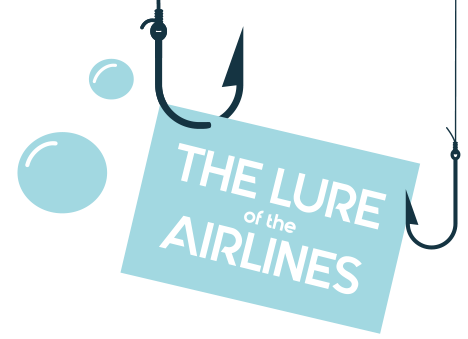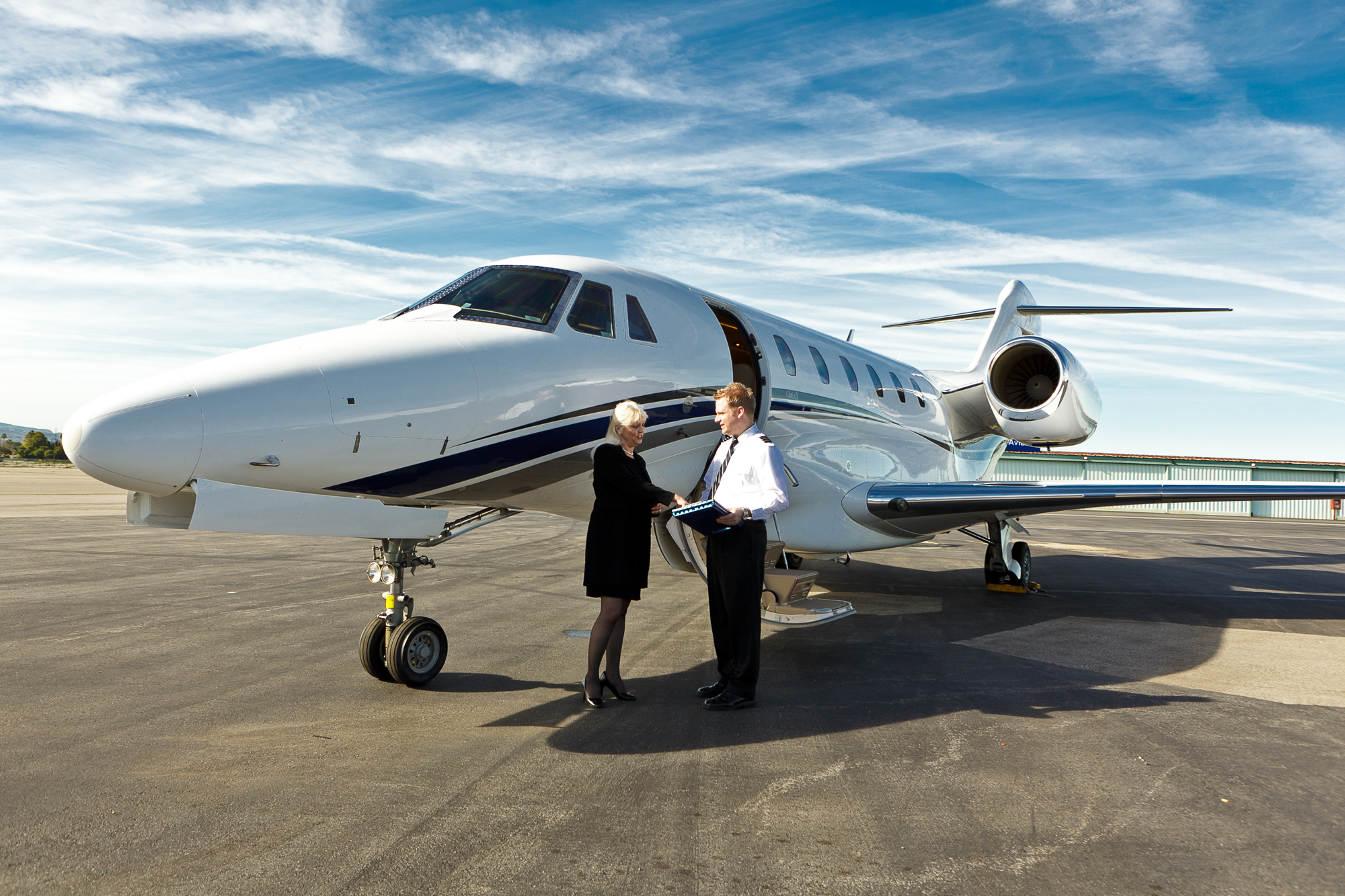
In a competitive market, the lure of the airlines is strong, and business aviation is finding it increasingly difficult to attract and retain talent. How can business aviation respond?

Business aviation is finding it increasingly difficult to attract and retain talent, in part because the airlines are offering what is perceived to be a better deal, and in part because of an overall decline in the number of people choosing aviation careers.
The manager of a mid-size business aviation department recently lost a pilot to an airline. Two others in the department are “actively interviewing with airlines. As quick as they can go, they’re gone,” he said.
The aviation department manager for a multinational company says that three of the company’s pilots have left in the past six months.
An aircraft management firm director related that half a dozen of his pilots jumped to airline flight decks. “Our biggest challenge during the past 24 months has been crew retention. The airlines have become much more aggressive, and they’re targeting business aviation – technically trained professional pilots with 3,000 or more hours.”
None of these managers wanted their names or their companies mentioned, but they do want industry colleagues to be aware of their serious concern. “You just can’t replace somebody to fly an airplane around the globe,” one manager said. “To get back to the level of the folks leaving will cost a couple hundred grand.”
Increasing airline traffic has boosted demand for pilots, which major U.S. carriers have filled by recalling personnel furloughed during the 2008-09 recession, as well as recruiting experienced regional airline captains. But the next headwind is retirement over the next decade of 15,000 to 18,000 air carrier aviators whose careers were extended when the FAA raised the mandatory retirement age for Part 121 pilots from 60 to 65. Add to that, the FAA’s 1,500-hour minimum for regional first officers, implemented in 2013, plus a declining number of people holding air transport licenses, and the long-forewarned pilot shortage is a harsh reality – a 15,000-person gap by 2026, according to a University of North Dakota study.
Airline pilot unions have leveraged the shortage against the airlines’ return to profitability, securing sizeable increases in pay and benefits for their members. Between 2011 and 2016, airline pilots’ pay rose an average of 26 percent.
Pay for business aircraft pilots has increased in some operations as well. Two years ago, a major fractional provider bumped pay packages 28 percent over five years. According to NBAA ‘s 2017 Compensation Survey, the average increase for chief pilots during the previous year was 5.5 percent.
Our biggest challenge during the past 24 months has been crew retention. The airlines have become much more aggressive, and they’re targeting business aviation.
Although the percentage increases for commercial and business pilots may appear similar, they’re starting from very different bases.
Senior captains flying business jets, for example, have an average annual salary of between $106,536 for Jet II-type aircraft (10,000 to 20,000 pounds max takeoff weight) to $176,288 for a Jet V (80,000 to 120,000 pounds max takeoff weight).
At American Airlines, a captain flying a Boeing 737 or Airbus A320 averages $239,363, whereas a Boeing 777, Boeing 787 or Airbus A330 captain pulls in $298,972 annually (rising to $326,696 by 2019), according to the Allied Pilots Association.

Salary Disparities Add up over Time
“Young professionals are asking, ‘What is my career value over 30 years of flying?’” said Phil Gibson, a US Airways pilot for three decades who is now director of operations for Horizon Air Group, a Dallas-based Part 135 operator. What separates compensation for airline pilots from that of business aircraft pilots, apart from the higher base salaries, are generous 401K pension plan matches and profit-sharing. American Airlines and United are now matching, dollar for dollar, a pilot’s pension set aside up to 16 percent of salary. Delta is at 15 percent, and Alaska Airlines offers 13.5 percent.
In business aviation departments, 5 percent is more typical (often tied to the parent company’s plan for all employees).
“To raise the stake 2 percent (to 7 percent) would cost the company a quarter-million dollars,” said one business aviation manager. “To go to 16 percent would run us dry financially.” At companies with sales under $100 million, a third of business flight departments do not even offer a 401K.
Delta’s new profit-sharing for all employees, including pilots, dangles a bonus of 10 percent if the company makes up to $2.5 billion in profit. That bonus increases to 20 percent if profits exceed $2.5 billion. This carrot alone could add more than $24,000 a year to the average Delta pilot salary.
The 2017 NBAA Compensation Survey showed that salaries across all surveyed flight department positions have increased approximately 11.5 percent over the past five years.
Gibson said: “One business pilot I know was well-compensated, but he had to make a decision about his airline furlough window closing. He said, ‘It’s not so much the money; it’s the retirement. I’ve got to ensure I have enough money when I retire.’”
As if domestic competition were not enough, Chinese airlines are recruiting foreign pilots with salaries exceeding, in some cases, $415,000, plus housing, food, schedules that call for four weeks on then four weeks off, and first-class trips home to see the family. For some pilots, these airlines even cover China’s income taxes, which can be as high as 45 percent. For Americans, the enticement of a huge “tax-free” income is a bit illusory, though. The U.S. taxes its citizens on all of their earnings, regardless of where they work or live. The 2017 NBAA Compensation Survey showed that salaries across all surveyed flight department positions have increased approximately 11.5 percent over the past five years.
How Can Business Aviation Respond?
So what can business aircraft operators do to hold onto their seasoned talent?
- One manager acknowledged, "We really have to adjust; salaries have to go up."
- Another said, "It’s a lot about messaging, not about matching. We can never match the airlines." Rather, business flying offers more variety and stimulation, and more interaction with passengers.
- "It’s more than just money," added another. "It’s your culture, how they’re treated, a family feeling, a great place to work."
All of the business aviation leaders interviewed referenced “quality of life” or “balance,” which means more predictable flying schedules and guaranteed time off.
Best-practice flight departments often reflect the discipline of company management. But even with advance planning, a flight crew can spend extra days away from home base on layovers. On-demand charter operators tend to have even more irregular schedules.
“Knowing your schedule a month or two out puts a flight department at the head of the list for top-echelon pilots. And providing a pilot with X days off per month so they can plan things with their family is probably one of the most important things,” Gibson suggested. Pilots have told him, “I would go back to business aviation if these problems were addressed.”
“One recruiter said it best,” according to Gibson. “She said, ‘If a business aviation department doesn’t solve the problems of why pilots are leaving, they are going to continue to have the same problems. I encourage them to evaluate their current compensation and how they are providing their pilots quality of life and schedule.’”
Learn more about NBAA’s Compensation Survey.
The “Typical” Flight Department
Numerous factors affect business aviation flight department employee compensation, including job responsibilities, experience, market competition and performance. The annual audited NBAA Compensation Survey is one of the leading sources for salary and benefits data. Peter Korns, NBAA manager of operations, calls it “a trusted and respected benchmark for any U.S.- based flight department that wants to remain competitive in this dynamic labor market.”
Last year, 789 flight departments responded to the NBAA survey, providing data on 3,781 employees.
“The study presents composite profiles of typical flight departments broken down by particular characteristics,” explained Korns. “An NBAA member can review and compare their own compensation plans to those of similar flight departments based on aircraft type, company size, company sales, number of employees, FAA region and industry.”
NBAA collects salary and benefit data for 15 different jobs:
- Aviation department manager (flying and non-flying)
- Chief pilot
- Senior captain
- Captain
- Copilot
- Director of maintenance
- Manager of maintenance
- Maintenance foreman
- A&P maintenance technician
- Maintenance technician helper
- Avionics technician
- Scheduler
- Licensed dispatcher
- Flight attendant
- Line service personnel
The 2017 NBAA Compensation Survey showed that salaries across all surveyed flight department positions have increased approximately 11.5 percent over the past five years. Other survey highlights include:
| Aviation department manager (non-flying) | $138,647 |
| Chief pilot | $132,895 |
| Copilot | $82,502 |
| Director of Maintenance | $120,906 |
| Flight Attendant | $85,441 |
| Scheduler | $66,414 |
| Medical insurance | 99.7 percent |
| Dental insurance | 92.8 percent |
| Group life insurance | 82.9 percent |
| Vision coverage | 82.7 percent |
| 401K retirement plan | 80.2 percent |
| Guaranteed days off | 80.2 percent |
| Profit sharing | 29.3 percent |
| Compensation time | 21.8 percent |
Complete survey results are made available to NBAA member representatives who have participated in the survey. Non-participants may purchase access to the complete survey results.


 International Business Aviation Council Ltd.
International Business Aviation Council Ltd.